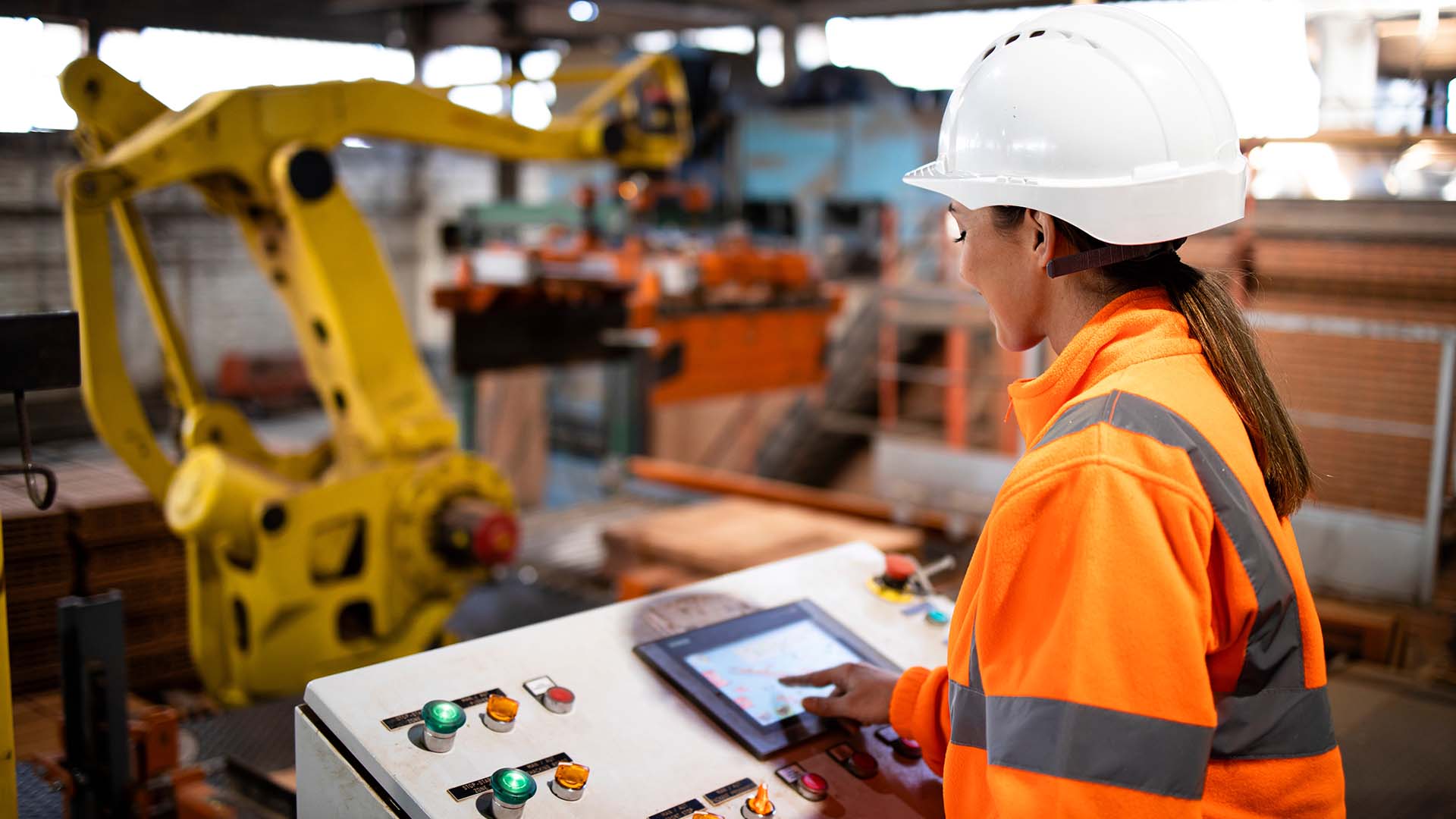Vaiheittainen opas SCADA-järjestelmän päivittämiseen
SCADA-järjestelmän päivittäminen on merkittävä projekti, joka vaatii huolellista suunnittelua ja toteutusta. Hyvin jäsennelty suunnitelma auttaa vähentämään riskejä, minimoimaan häiriöt ja varmistamaan sujuvan siirtymän.
Tämä on osa 3 kuusiosaisesta sarjasta, joka käsittelee SCADA-järjestelmän päivityksiä. Tässä sarjassa tarkastelemme päivitysprosessin jokaista vaihetta yksityiskohtaisesti, mukaan lukien:
- Osa 1: 7 varoitusmerkkiä, että SCADA-järjestelmäsi tarvitsee päivityksen
- Osa 2: 8 syytä päivittää SCADA-järjestelmäsi AVEVA:n avulla
- Osa 3: Vaiheittainen opas SCADA-järjestelmän päivittämiseen
- Osa 4: Haasteet ja virheet, joita välttää SCADA-päivityksen aikana
- Osa 5: Asiantuntijan vinkit onnistuneeseen SCADA-järjestelmän päivitykseen
- Osa 6: Tutustu erilaisiin AVEVA SCADA-ratkaisuihin
Tässä oppaassa käymme läpi vaiheittaisen prosessin suunnittelusta käyttöönoton jälkeiseen tukeen.
1. Suunnittelu
SCADA-päivityksen ensimmäinen vaihe on perusteellinen suunnittelu. Laadi yksityiskohtainen tarkistuslista, jossa esitetään päivitystavoitteet, tarvittavat resurssit, aikataulu ja mahdolliset haasteet. Määrittele selkeästi, mitä haluat saavuttaa päivityksellä, kuten parempi suorituskyky, parempi turvallisuus tai parempi integrointi. Laadi realistinen budjetti ohjelmistoja, laitteistoja, lisensointia, koulutusta ja seisokkiaikaa varten. Vahva suunnitelma on ratkaisevan tärkeä onnistumisen kannalta.
Voimme auttaa tässä suunnitteluprosessissa tarjoamalla asiantuntemusta sekä teknologiasta että teollisista toiminnoista.
2. Järjestelmän arviointi:
Ennen päivittämistä on suoritettava nykyisen SCADA-järjestelmän täydellinen arviointi. Tee SWOT-analyysi vahvuuksien, heikkouksien, mahdollisuuksien ja uhkien tunnistamiseksi. Tämä paljastaa parannusalueet ja mahdolliset riskit. Saatat esimerkiksi löytää tietoturvaheikkouksia tai integraatiohaasteita, jotka on ratkaistava päivityksen aikana. Käytä arvioinnista saatuja tietoja strategiassasi ja varmista, että uusi järjestelmä vastaa tarpeitasi.
Syvä tietämyksemme AVEVA-tuotteista voi auttaa sinua suorittamaan tämän arvioinnin tehokkaasti.
3. Oikean järjestelmän valinta:
Oikean SCADA-järjestelmän valinta on elintärkeää. Ota mukaan sidosryhmät, kuten ylin johto, tietotekniikka ja käyttötiimit. Ota huomioon sellaiset tekijät kuin skaalautuvuus, yhteensopivuus olemassa olevien järjestelmien kanssa ja toimintojesi kannalta olennaiset ominaisuudet. AVEVA tarjoaa erilaisia SCADA-ratkaisuja, joten käytä aikaa arvioidaksesi, mikä versio sopii parhaiten yrityksesi tarpeisiin. Tavoitteena on päivittää ja optimoida SCADA-järjestelmäsi tukemaan toiminnallisia tavoitteita.
Voimme suositella ja toteuttaa ihanteellisen ratkaisun juuri sinun tarpeisiisi.
4. Siirtymäsuunnitelma:
Laadi yksityiskohtainen siirtymäsuunnitelma tietojen ja järjestelmäkomponenttien siirtämiseksi. Käsitellään tietojen siirtäminen, laitteiston päivittäminen ja järjestelmän konfigurointi. Hyvin harkittu suunnitelma estää tietojen menetyksen, vähentää käyttökatkoksia ja varmistaa sujuvan siirtymän. Harkitse pilottisiirtymää prosessin testaamiseksi pienemmässä mittakaavassa ennen täydellistä käyttöönottoa, jotta mahdolliset ongelmat voidaan ratkaista ennen kuin ne vaikuttavat tuotantoon.
Varmistamme, että siirtymän jokainen vaihe hoidetaan sujuvasti ja että mahdolliset riskit pienenevät.
5. Käyttöönotto:
Käyttöönottovaiheessa uusi SCADA-järjestelmä asennetaan ja konfiguroidaan vastaamaan tarpeitasi. Tähän vaiheeseen voi kuulua laitteiston päivittäminen, uuden ohjelmiston asentaminen ja järjestelmäkokoonpanojen määrittäminen. Tee tiivistä yhteistyötä AVEVA:n hyväksymän järjestelmäintegraattorin kanssa varmistaaksesi asianmukaisen asennuksen ja sen, että kaikki ominaisuudet ja toiminnot on konfiguroitu oikein. Selkeä viestintä on avainasemassa tässä vaiheessa.
6. Testaus:
Testaus on tärkeä osa päivitysprosessia. Kun uusi SCADA-järjestelmä on asennettu, se on testattava perusteellisesti. Testien olisi katettava tietojen eheys, järjestelmän suorituskyky, turvallisuus ja integrointi muihin järjestelmiin. Selvitä ja ratkaise mahdolliset ongelmat myyjän kanssa ennen täydellistä käyttöönottoa. Perusteellisella testauksella varmistetaan, että järjestelmä vastaa operatiivisia tarpeitasi ja vähentää tulevien ongelmien riskiä.
Perusteelliset testausmenettelymme varmistavat, että SCADA-järjestelmäsi on täysin optimoitu ja luotettava ennen go-liveä.
7. Koulutus:
Kun järjestelmä on testattu ja valmis, koulutus on tärkeää. Käyttäjät ja kunnossapitopäälliköt ovat vastuussa SCADA-järjestelmän käytöstä ja hallinnasta, joten heidän on tunnettava sen ominaisuudet hyvin. Koulutuksen tulisi kattaa perustoiminnot ja edistyneet vianetsintätekniikat. Hyvin koulutettu henkilöstö on ratkaisevan tärkeää järjestelmän hyötyjen maksimoimiseksi, ja se voi myös auttaa kouluttamaan muita.
Tarjoamme kattavaa koulutusta, jolla varmistetaan, että tiimilläsi on täydet valmiudet käsitellä päivitettyä SCADA-järjestelmää.
8. Tuki:
Kun SCADA-järjestelmä on otettu käyttöön, jatkuva tuki on olennaisen tärkeää pitkän aikavälin menestyksen kannalta. Laadi tukisuunnitelma, joka sisältää myyjän tuen, säännölliset päivitykset ja talon sisäiset vianmääritysresurssit. Ole valmis puuttumaan mahdollisiin ongelmiin käyttöönoton jälkeisen varhaisen vaiheen aikana. Vahva tukisuunnitelma auttaa vähentämään käyttökatkoksia ja varmistaa, että järjestelmä toimii moitteettomasti.
Tarjoamme jatkuvaa tukea varmistaaksemme, että järjestelmäsi toimii sujuvasti ja tehokkaasti päivityksen jälkeen.
Yhteenveto:
SCADA-järjestelmän päivittäminen on monimutkainen mutta palkitseva prosessi, joka voi parantaa huomattavasti tehokkuutta, turvallisuutta ja skaalautuvuutta. Kun noudatat keskeisiä vaiheita - suunnittelu, arviointi, oikean järjestelmän valinta, siirtymäsuunnitelman luominen, käyttöönotto, testaus, koulutus ja jatkuvan tuen varmistaminen - voit hallita päivityksen luottavaisesti ja saavuttaa menestyksen. Tienä sujuvaan päivitykseen on perusteellinen valmistelu, selkeä viestintä ja keskittyminen jatkuvaan parantamiseen. AVEVA Endorsed System Integratorina olemme tukenasi kaikissa vaiheissa.
Oletko valmis päivittämään SCADA-järjestelmäsi? Tarjoamme räätälöityjä ratkaisuja, joilla varmistetaan sujuvat ja tehokkaat päivityksets. Ota meihin yhteyttä ja aloita SCADA-järjestelmäsi optimointi jo tänään.
















